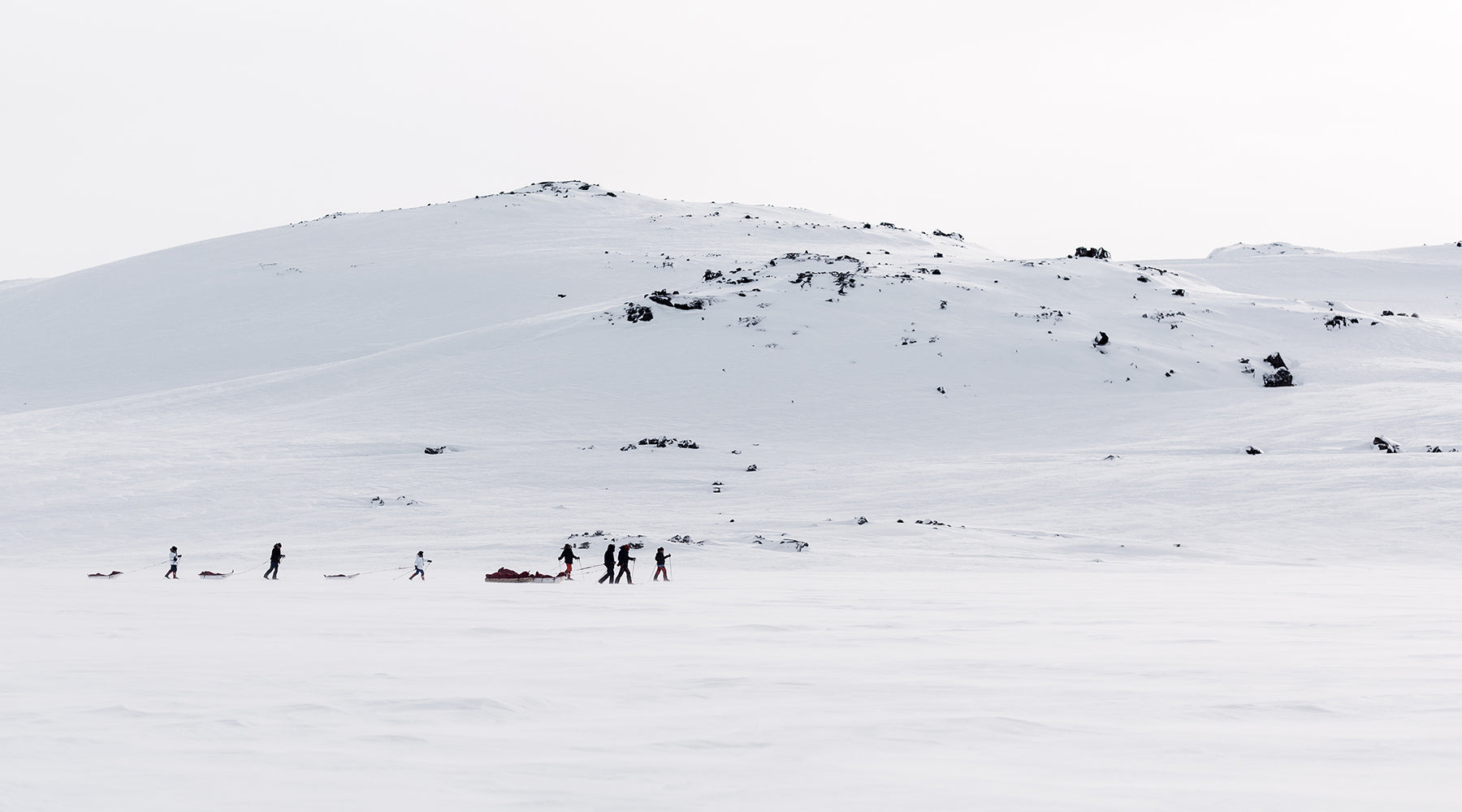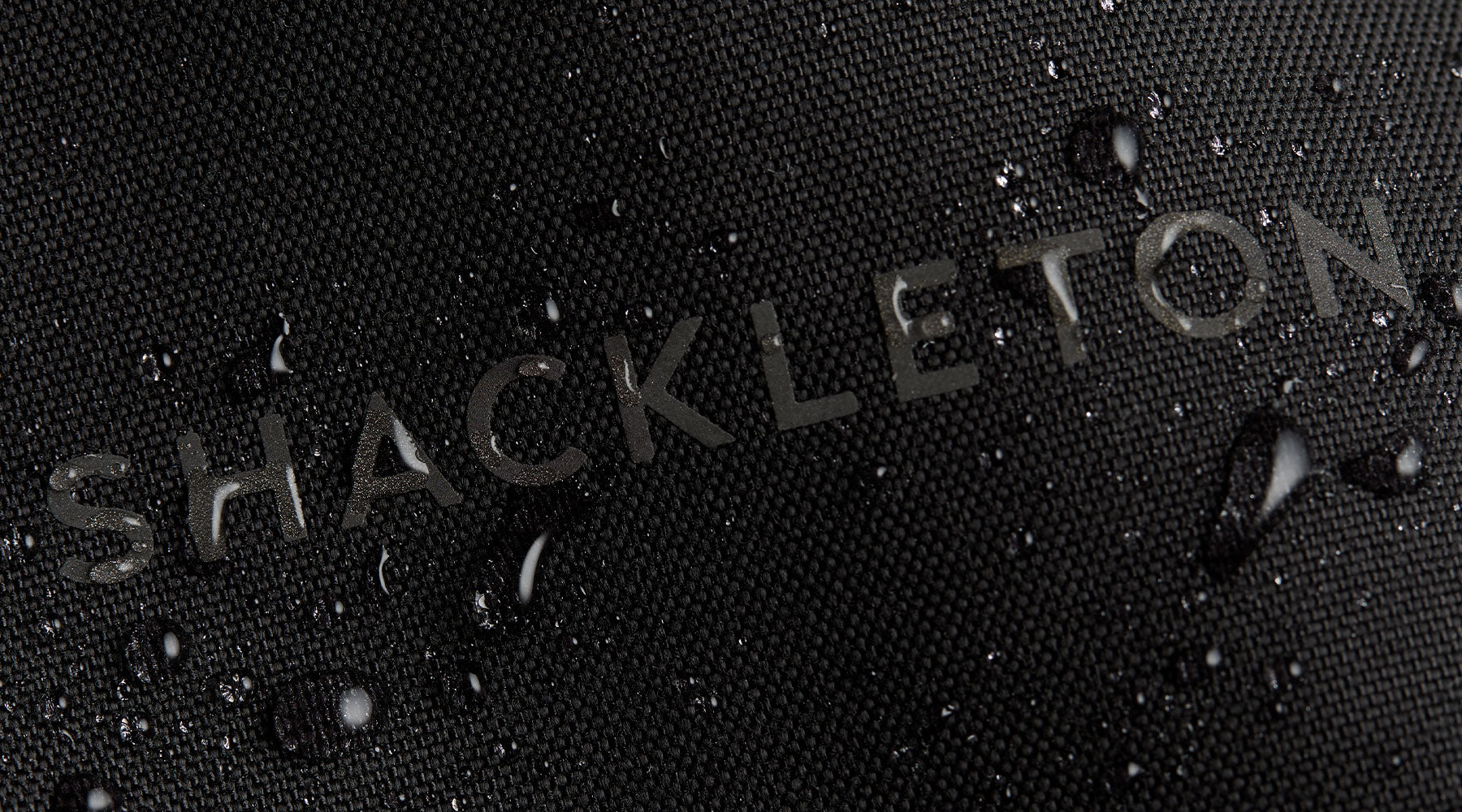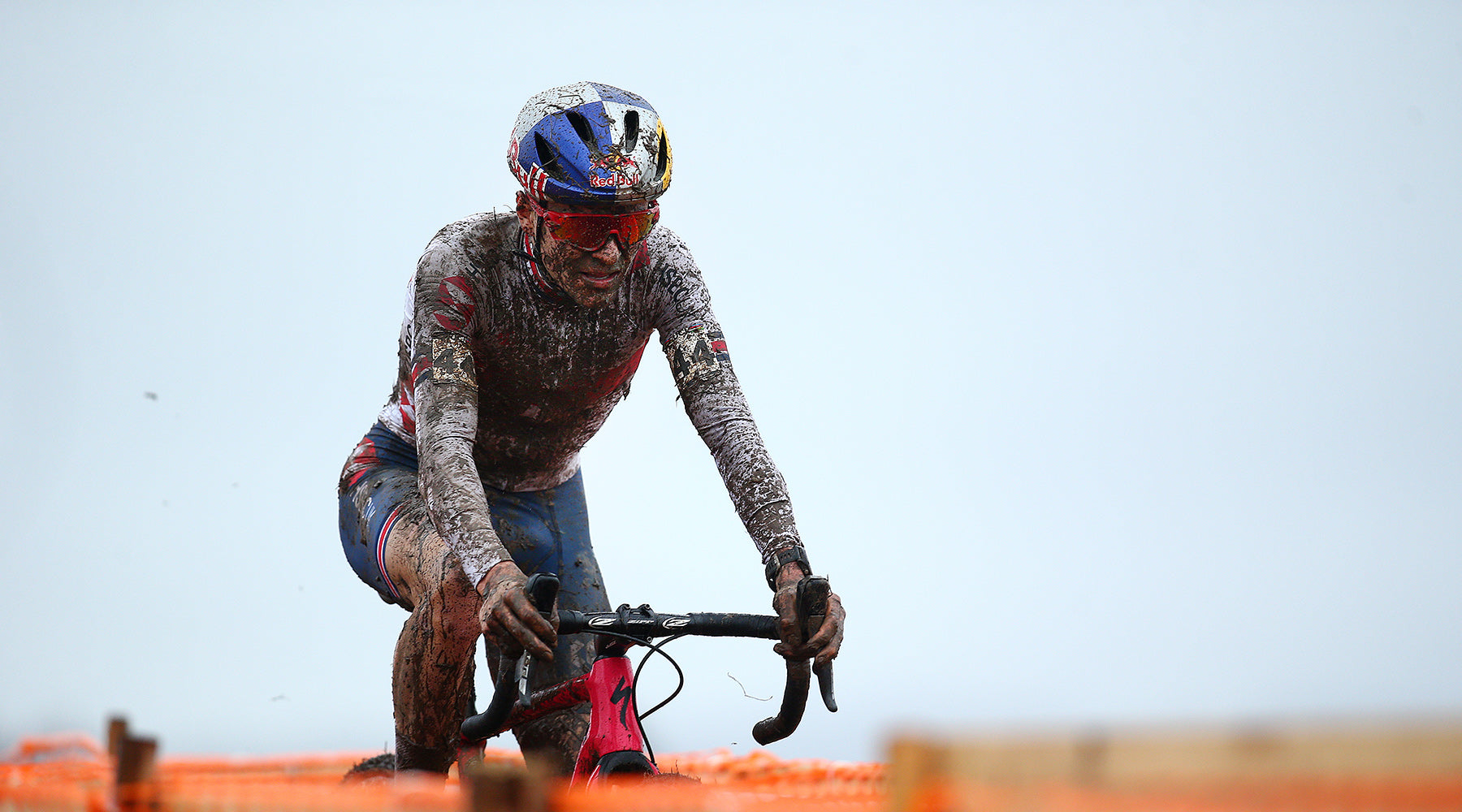
Shackleton Winter Expedition in Finse
Location: Finse, Norway // 60.6009° N, 7.5087° E
Led by: Louis Rudd MBE & Wendy Searle
The cold alpine air hits you like a brick as you step from the train carriage onto the snow in Finse, the highest railway station in Northern Europe. As the doors close and the wheels grind into motion, the train disappears out of sight headed for Bergen on the west coast of Norway and silence takes hold – the railway track is the only way to reach this simple car-free village, made up of a handful of wooden cabins in a bowl within the Hordaland mountains. It’s minus 15ºC as the team lug their expedition gear indoors, with gentle flakes falling from the sky and the crunch of fresh snow underfoot.
Finse has long been a hub for the polar community. It was here that Scott, Amundsen and Shackleton came to hone their skills over a century ago – a stone memorial to Scott stands next to the track, protruding from six feet of snow at the time of our visit. Our starting point, the Finse 1222 Hotel, is a bustle of expedition medics, explorers and husky teams training for the most extreme environments and situations on the planet. The Shackleton group is here for the first Shackleton Expedition, led by Director of Expeditions Louis Rudd and Expeditions Manager Wendy Searle (one of only seven women to reach the South Pole solo and unassisted), both of whom are familiar faces in this part of the world. Lou and Wendy spent time in Finse prior to their expeditions in Antarctica, as the terrain and icy temperatures offer comparative circumstances to develop polar skills.

While in the summer Finse 1222 overlooks a vast turquoise lake and accommodates hikers venturing in every which direction to explore the surrounding mountains, in winter the lake freezes over and the hills turn pristine white under heavy snowfall. This huge, flat expanse is a hive of activity: ski-kiters race and tack on the wind; tourers carve fresh tracks towards distant peaks wrapped in low cloud; and rescue dogs are trained to snout out people buried under snow.
The aim of the expedition was for the group to experience the realities of a polar expedition; the highs, the lows and the sometimes gritty. Days would consist of ski-touring for hours in the elements; dragging a pulk laden with sleeping equipment, tents, cooking fuel and food; setting up camp to sleep and replenish; and battling whatever weather was thrown their way. Essentially, days were planned to mimic that of Lou and Wendy’s Antarctic expeditions to the South Pole and beyond.

The team started hauling in temperatures of minus 12ºC, equipped in personal Shackleton Challenge jackets, developed to enhance performance in these very situations: light and extremely warm when worn; then easily packable when in the pulks. They stopped to break every now and then to sip lukewarm water, grab a bite to eat and pee and poop if needed ("take 10 steps from the group and put your back to the wind"). Breaks were short – in these conditions, pausing for too long causes a rapid loss of body heat.
As they pushed on, further from the civilisation and warmth of Finse, Lou and Wendy explained the importance of methodical planning and attention to detail – much like in Antarctica, a lapse in concentration can prove ruinous. Drop a glove in high winds and it’ll be gone, leaving you prone to frostbite; miss the early signs of snow blindness and the pain will be “like getting sand in your eyes”; managing body heat, with the adding or removing of mid-layers, is vital.

With an hour before sunset the team set about making camp. The ground was levelled as best as possible by side-stepping with skis and tents erected parallel to the wind, with single skis acting as pegs on the end guide-ropes. Making the most of the evening light, mats and sleeping bags were laid out, wet gear was hung on the roof line to dry and a pit was dug in the vestibule – the extracted snow was piled to the side and later melted for cooking and drinking water.

At 5.30pm the sun gasped its last breath and disappeared below the horizon, plunging the landscape into inky darkness and taking with it another five degrees. The cooker was fired into life to boil water in a large kettle, adding valuable warmth to the tent in the process. The team then tucked into 800-calorie expedition bags of chicken curry, macaroni cheese and spaghetti Bolognese – the same rations that Lou lived on for 56 days during his solo crossing of Antarctica in 2018/19. Well fed, it was into sleeping bags and smart layering as a wind howled through the valley and rattled the canvas sheets – during the night, temperatures dropped to minus 22ºC. For some of the team, this was their first experience of camping in such remote, extreme circumstances – not something that they will fast forget.

The morning broke with a vibrant sunrise and a dusting of hoarfrost lining the interior of the tents. The cookers were fired up once more for an all-important breakfast of porridge and hot chocolate to recharge energy levels, and having packed down the camp into the pulks, the team set off across the snow once again.
If you want to hear about future Shackleton expeditions and news, sign up to our newsletter. For any advice on polar exploration or questions about adventures in extreme environments, contact our Manager of Expeditions, Wendy Searle on Challenges@shackleton.com


